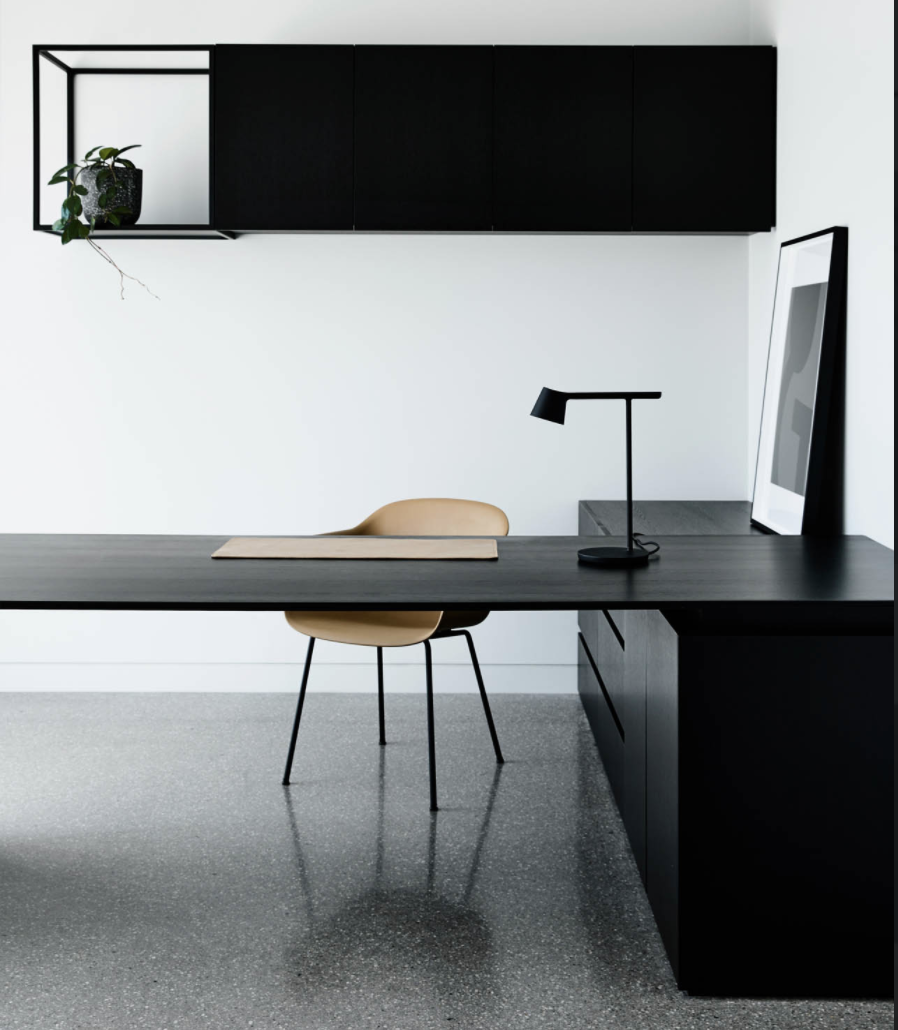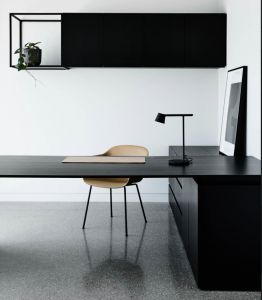6 Pro tips for the best Work-Station set-up!
Why is this important?
Because a poorly set up work station may lead to injury and cause significant neck pain, back pain, headaches and many other issues.
At the Geelong Osteopathy Group, our Osteopaths provide professional occupational guidance about the best work-station set-up.
So, whether you are a work from home veteran or trying it for the first time, it’s absolutely worth taking some time to get it RIGHT!

Here are 6 tips to get you started:
1. Adjust your Chair
The average desk height is 73-77 cm tall. Now for some this may be too tall or too short. This is where your chair comes in. Adjust your chair so your elbows are bent to 90 degrees.
2. Position yourself in your Chair
Push your hips as far back as they can go in the chair. Have your knees at the same height, or slightly lower than your hips. When you are in this position, your feet should be flat on the floor or a foot stool. If you don’t have access to a foot stool, telephone books, reims of paper or a folded towel can work just as well.
3. Adjust your Monitor
Have your monitor an arms distance away. This allows for it to be close enough so that you can read without straining your eyes or adjusting your posture. Raise the monitor so that the top of the screen is at eye level. If you use 2 monitors, consider how you use them. If you have a primary monitor, this should be directly in front of you. If you use two monitors equally, you want them lined up so you are in the middle of them.
For a laptop, you want to use a laptop stand so that you can raise the screen up to the proper height. Then you can attach an external keyboard and mouse.
4. Position your keyboard and mouse
After making all the above adjustments, where your hands end up is where your keyboard should be. Your mouse should be directly next to your keyboard. With your mouse, you want to move from your elbow instead of your shoulder. The key here is not to reach for your tools.
5. Position your Phone
Have your phone positioned on your non-dominant side. This means you can write at the same time as speaking on the phone. If you are spending a large chunk of your day on the phone, a headset is a good consideration so that your hands are free to write or type.
6. Move and Stretch
After 10-15mins we all begin to slouch in our chairs. So, implementing some basic exercises whilst still in your chair could be helpful to improve your posture and avoid pain in the long run. The most important thing is to get up from your desk every hour. Get up and walk, get something to eat or get something to drink. Just get up.
“Looking for an Osteopath in Geelong, our team is ready to help. Call us 0455 507 710 or BOOK ONLINE”
About our Osteopaths
Dr Alastair Tehan and Dr Jessica Nicholls are experienced Osteopaths with a broad range of skills and techniques that may assist you to recover from injury and improve your health. In addition to their 20+ years of clinical experience they hold senior University appointments making them uniquely positioned to provide holistic, evidence based Osteopathic care.
Find out more about them here.
This article is for information purposes only. Please consult your Osteopath or primary healthcare professional for further information.
Keep on reading

6 Pro tips for the best Work-Station set
Why is this important? Because a poorly set up work station may lead to injury and cause significant
Read article
Telehealth is NOW available!
The Geelong Osteopathy Group is now offering Telehealth! This appointment option is a great alternat
Read article
Geelong Osteopathy Group & COVID-19
To all our patients, We hope you and your families are keeping safe and well at this time. At the Ge
Read article